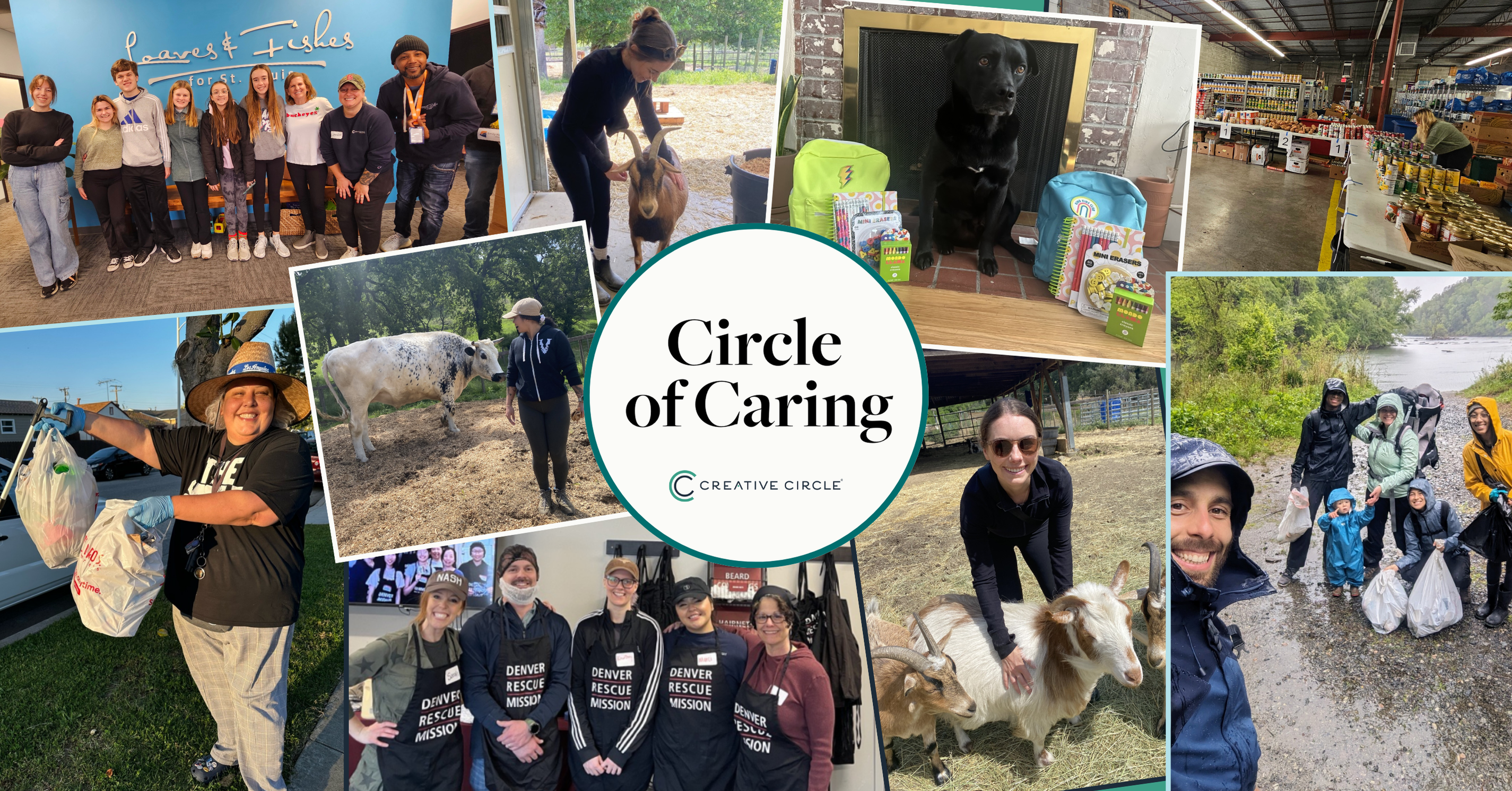Our work, our relationships, and our lives succeed or fail one conversation at a time. -Susan Scott
In this era of digital communication it’s easy to overlook, ignore and avoid the relationships in our lives that need work. If you have ever sent an email when you should have picked up the phone, purposely dodged someone’s cubicle, or sat in fuming silence during a frustrating meeting… you’re not alone.
Sometimes we avoid a difficult conversation because we don’t know what to say or we’re afraid of what we’ll hear in return. Other times, we convince ourselves that we don’t have the time to deal with it or we don’t want to hurt another’s feelings. Or, we may lack the courage to confront the issue directly.
Having a difficult conversation is hard work. Changing the trajectory of a poor relationship takes effort. But avoiding the obvious problem can lead to anger, frustration, exhaustion, and even depression. If you have a difficult relationship, think about how much time and energy it sucks from you. Think through the benefits to be gained by improving it and then dive in to ensure those benefits are realized.
1. Prepare what you want to say
Start with your goal. What do you want to get out of the conversation? It should never be about being hurtful or ‘winning’ an argument. If that’s your objective, quit while you’re ahead. Your goal should be around developing a better understanding, getting past a roadblock, resolving a specific issue, being more productive, and/or moving forward with a specific activity or objective. Clearly state your goal in terms that are specific to your situation.
Next, write down what you want to say and organize it into key points. It’s best to keep the information limited. No one likes having a laundry list of issues thrown at them. Prioritize your list and plan on focusing on only the 2-3 most important issues.
The person you’re talking to may need help understanding the issue so be prepared with examples. Also, be prepared to discuss the impact – on you, your team, the project, or the company. Your concerns will carry more weight if you can clearly explain why it’s important.
Make sure you can describe the issue in ways they will find compelling. Remember the adage that everyone is asking, WIIFM (What’s In It For Me). Think about what motivates them and how they want to be perceived. How will their own goals be helped by improving their relationship with you? Weave this information into what you want to say.
2. Practice
Ask a friend to practice with you. Do a role play. Ask your friend to be objective and offer honest feedback on how you can improve what you’re saying. However, being prepared does not mean memorizing a script. Trying to remember exact wording could add to your nervousness and it doesn’t allow for the natural ebb and flow of conversations.
3. Prepare yourself
Start with how you’re thinking about the conversation. Labeling it as ‘difficult’ means you’re anticipating problems which will add to your jitters. Think about it as having a constructive conversation to move forward; an opportunity to develop new ideas, hear a different perspective, or identify alternatives. Anything to reset your thinking in a positive direction.
Before the meeting, take steps to calm and center yourself. Take a walk, practice a mindfulness exercise, have a cup of tea, focus on your breathing and take the time to collect your thoughts.
4. Deliver. Stop. Ask. Listen.
It’s often good to start by acknowledging the discomfort for you both. Explaining that you know this might not be an easy conversation for them shows empathy and can be the start of a productive dialogue. Also, be aware of your tone of voice. It’s often said that 10% of conflict is about the issue and 90% is about the tone of voice. Work to remain calm, patient and interested.
Explain that you’d like a chance to voice your concerns and that when you’re done, you want to hear their perspective. They will be less likely to interrupt if they know their turn is coming. Once you’re finished explaining your key points, pause. Stop. Give them a time to absorb what you said. Silence can be hard but is often needed to show respect for their feelings.
Ask for their perspective. Express a genuine interest in hearing their side of the story. Only by hearing one another out can you accomplish the goal you set in Step 1. When the other person explains their perspective, it’s important to truly listen with an open mind. Work towards finding common ground between you and determine your mutual goals.
Take ownership for your piece of the problem. Chances are that you both contributed to the relationship getting to the place it is. You will have more credibility; more influence in this situation if you acknowledge your role in creating it.
5. Work toward ‘next steps’
Make a commitment. Find something in your difficult conversation that you can commit to that will improve the relationship, even if it’s only a small step. Encourage them to do the same. If they’re open to something bigger, discuss making a larger commitment to one another or develop an action plan. One commitment that is often made is to discuss issues with one another on a more timely basis in the future, should they continue to arise.
Be patient. Unless the issue is simple you may not fully resolve it in the first conversation. If this is the case, schedule another conversation. Even if you can’t reach any other resolution, resolve to continue the dialogue and schedule it for a specific date.
Remember: the relationship won’t fix itself and it may get worse unless you step in. And what’s the worst that can happen? That you crash and burn? That you’re rejected? This would show that you tried which sure beats knowing you lacked the courage!
Robin Elledge is the founder of Janus, a coaching and consulting firm in Los Angeles. Robin’s greatest passion is working with people to improve their ability to effect change within their company, team, and themselves. She has over 30 years of experience supporting and coaching leaders at all levels, from CEOs to those who are just beginning their management journey.



